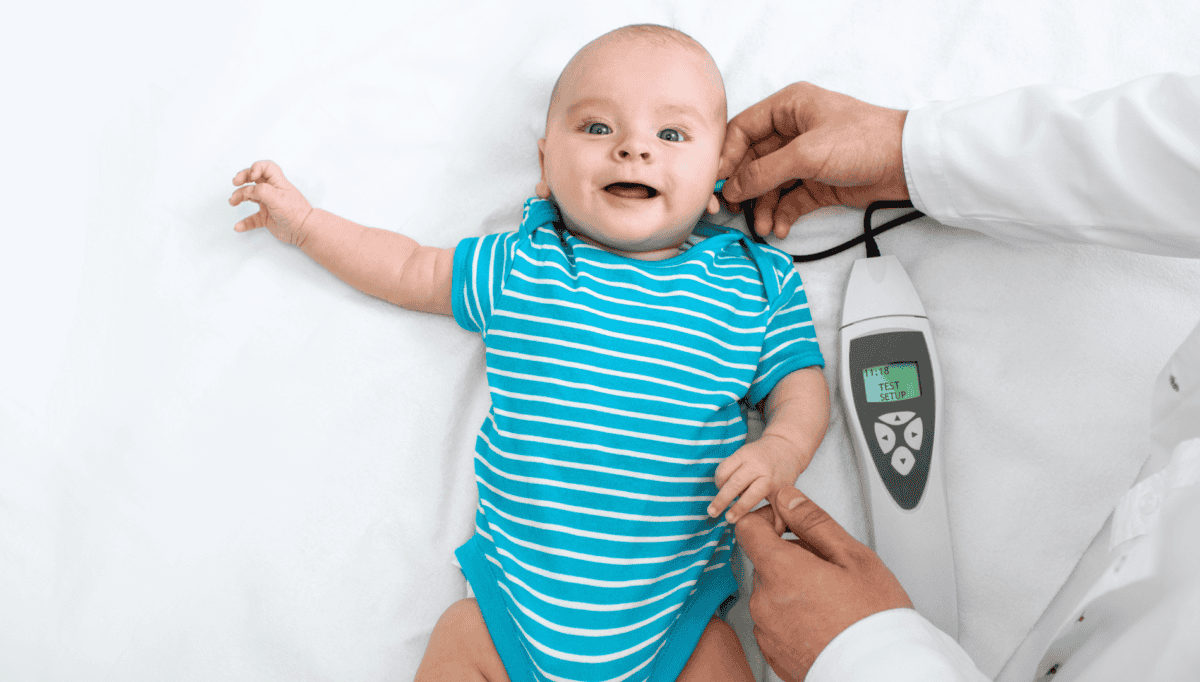- Understanding the Connection Between Tinnitus and Weather - May 17, 2025
- The Most Unexpected Reasons Hearing Aids Can Malfunction - May 9, 2025
- How OAE Testing Unveils Hidden Hearing Loss - April 15, 2025
Hidden hearing loss can disrupt daily life, much like a lingering shadow. Fortunately, advancements in testing, like Otoacoustic Emissions (OAE), are shedding light on this concealed hearing concern.
The Mystery of Hidden Hearing Loss
Hidden hearing loss presents a challenge. Traditional hearing tests may fail to identify it, as these tests primarily evaluate the ear’s ability to detect sounds at various pitches and volumes. Yet, some individuals struggle to understand speech amidst background noise—an indication of possible hidden hearing loss.
The condition often stems from damage to the synapses that connect hair cells in the inner ear to the auditory nerve. Despite normal hearing test results, these intricacies can impair sound processing. Therefore, people might experience perfect hearing for specific sounds but find it hard to follow conversations in bustling environments.
OAE Testing Explained
OAE testing offers a breakthrough approach to identifying this elusive condition. Unlike standard tests, OAE checks the function of outer hair cells in the ear, giving a deeper insight into ear health. These outer hair cells produce otoacoustic emissions, or sounds, in response to auditory stimuli, providing necessary information about potential hidden hearing loss.
The process is straightforward and non-invasive. A tiny probe within the ear canal emits sounds and records the resulting emissions, offering a comprehensive view of ear functionality in minutes. The test’s simplicity and accuracy make it a valuable tool in hearing health exams.
Advantages of OAE Testing
The benefits of OAE testing extend beyond identifying hidden hearing loss. First, it identifies potential issues early, allowing for timely intervention. Early detection means less disruption to daily life and communication abilities.
OAE is particularly effective for people struggling with traditional tests, such as infants or individuals with cognitive impairments. This testing approach opens up new possibilities for diverse groups by removing barriers that limit understanding. It ensures everyone receives accurate hearing health assessments.
The Role of Hearing Health Exams
Regular hearing health exams are paramount for maintaining auditory well-being. Integrating OAE testing into these exams enhances their effectiveness, catching issues that remain undiagnosed. A comprehensive hearing health strategy, including OAE, ensures thorough monitoring and care.
Regular exams are even more critical for those exposed to environments with frequent loud noises. Protecting hearing health is key for musicians, construction workers, and factory employees. Regular check-ups equip individuals with the necessary insights for preventive measures or interventions.

